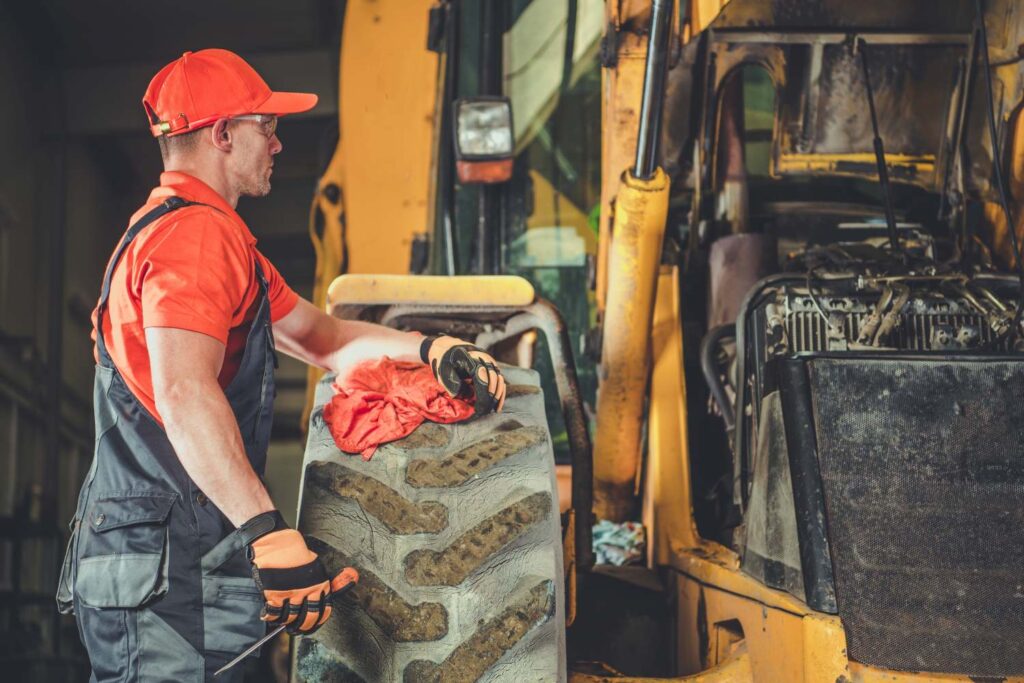
In construction, equipment is everything. Your excavators, dozers, and skid steers are the muscle of your operation – and they’re also one of your biggest expenses. When they’re running smooth, you’re making money. When they’re down, you’re losing time, labor, and reputation.
Too many contractors treat equipment like a necessary evil instead of a money-making asset. But the truth is, if you take care of your gear, it’ll take care of you.
1. Maintenance Is Cheaper Than Repair
Every contractor knows this in theory—but plenty still skip basic maintenance when the schedule gets tight. Then, a $30 filter turns into a $5,000 breakdown.
The best operators and foremen know that oil changes, grease schedules, and inspections aren’t “extra tasks.” They’re profit protection. A little downtime for maintenance beats the heck out of a dead dozer when you’re trying to finish a job.
Set a schedule and stick to it. Track hours. Keep simple records – paper, spreadsheet, or a job costing tool like ProfitDig – to remind you when each piece is due for service. You’ll thank yourself later.
2. Know When to Rent and When to Own
Not every contractor needs to own every machine. Renting can be smarter – especially if you don’t use a piece of equipment regularly or you’re trying to stay flexible on cash flow.
Ownership makes sense when the machine is essential to your bread-and-butter work. But when you only need it for the occasional big dig or grading job, renting keeps you from paying for idle iron.
The key is to run the numbers, not go with your gut. Look at total cost of ownership – maintenance, insurance, storage, and downtime. You might find that renting a specialized machine for two weeks a year saves you thousands.
3. Treat Operators Like Owners
The best maintenance program in the world won’t help if your operators abuse your equipment. Teach your people to treat machines like they’re personally paying for them.
A good operator warms up the machine, checks fluids, watches for leaks, and shuts it down right. A bad operator slams controls, ignores noises, and leaves it running all day “just because.”
A quick five-minute check before and after shifts – tires, fluids, tracks, hoses – can prevent most major issues. Make it part of the culture, not an afterthought.
4. Don’t Let Small Problems Turn into Big Ones
It’s easy to ignore that little rattle or warning light when you’re behind schedule. But that’s how small issues turn into major repairs.
If something sounds off, stop and look. Most mechanical problems start small – leaks, belts, pins, hydraulic hoses. The sooner you catch them, the less damage (and downtime) you’ll face.
Remember: equipment doesn’t break sitting in the shop. It breaks when it’s being pushed too hard with no maintenance plan in sight.
5. Think Like a Business Owner, Not a Mechanic
You don’t have to wrench on machines yourself, but you do need to know what they’re costing you.
Keep an eye on:
- Operating hours vs. productivity
- Repair costs per year
- Downtime per project
- Fuel consumption
If a piece of equipment starts eating profit instead of making it, it’s time to re-evaluate. Maybe it’s time for a replacement, or maybe you just need to schedule maintenance more proactively.
Your goal isn’t just to keep the machine running. It’s to keep it profitable.
The Takeaway
Every breakdown costs you more than parts. It costs you reputation, deadlines, and trust.
The contractors who stay ahead of the game treat equipment management like part of the job, not an afterthought.
Keep your machines in shape, keep your records straight, and your iron will keep working for you – not against you.
And if you’re ready to track job costs, labor, and equipment usage the smart way, check out ProfitDig.com. It’s the world’s easiest estimating and job costing system – priced for reality.
